Understanding Aggressive Behavior In Dogs
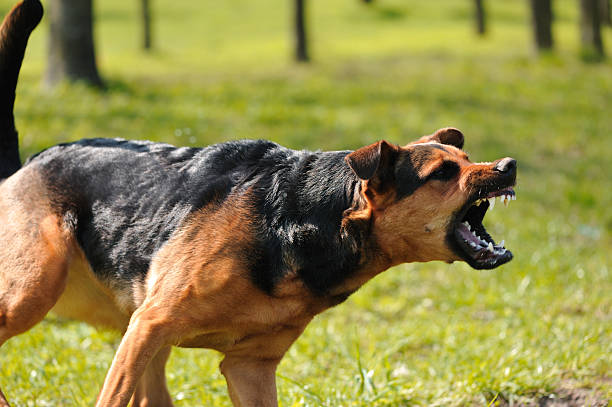
Aggression is any behavior meant to intimidate or harm a person or another animal. That said, most 'aggressive' behavior in dogs is 'distancing' behavior. The dog is uncertain, afraid or does not like something that is nearby and displays what we consider aggressive behavior to get the unwanted thing to move away. There certainly are instances where a dog is truly trying to hurt someone, but in most cases, they are communicating their unease at a situation. Our ability to read canine body language can often help us avoid danger.
This behavior that we call aggressive includes growling, baring teeth, snarling, snapping and biting. These behaviors are all perfectly NORMAL forms of canine communication, and although these 'aggressive' behaviors are normal for dogs, they are generally unacceptable to humans.
From a dog's perspective, there's always a reason for aggressive behavior, but because humans and dogs have different communication systems, misunderstandings can occur between the two species.
A person may intend to be friendly, but a dog may perceive that person's behavior as threatening or intimidating. Dogs aren't schizophrenic, psychotic, crazy, or necessarily 'vicious,' when displaying 'aggressive' behavior. They are usually trying to tell us something the only way they know how.
Because aggression is so complex, and because the potential consequences are so serious, we recommend that you get professional help from an animal behavior specialist if your dog is displaying aggressive behavior. Call us for a consultation.
Types of Aggression
Dominance Aggression: Dominance aggression is one of the most over-diagnosed and least understood forms of aggression. It is motivated by a challenge to a dog's social status or to his control of a social interaction. Dogs are social animals and view their human families as their social group or 'pack.' Unfortunately, the dynamics of each family are different and therefore there aren't any straight forward answers to this form of aggression. Often what is perceived as 'dominance aggression' is in actuality another type of aggression, often 'possessive' or 'territorial' aggression.
Fear-Motivated Aggression: Fear-motivated aggression is a defensive reaction that occurs when a dog believes he is in danger of being harmed. This is probably one of the most common forms of aggression we see. Remember that it's your dog's perception of the situation, not your actual intent, which determines your dog's response. For example, you may raise your arm to throw a ball, but your dog, perceiving this to be a threat, may bite you because he believes he is protecting himself from being hit. A dog may also be fearfully aggressive when approached by other dogs/people or in new situations, like the veterinary office.
Protective, Territorial And Possessive Aggression: Protective, territorial and possessive aggression are all very similar, and involve the defense of valuable resources. These may include food, toys, chew bones, beds, and even people.
*Territorial aggression is usually associated with defense of property. However, your dog's sense of territory may extend well past the boundaries of 'his' yard. For example, if you walk your dog regularly around the neighborhood and allow him to urine-mark, to him, his territory may be the entire block!
*Protective aggression usually refers to aggression directed toward people or animals that a dog perceives as threats to his family, or pack.
*Possessive aggression: Dogs become possessively aggressive when defending their food, toys, sleeping places or other valued objects, such as Kleenex stolen from the trash!
*Redirected Aggression: This type of aggression is relatively common, but is a behavior that pet owners may not always understand. If a dog is aroused into an aggressive response by a person or animal that he is prevented from approaching, he may redirect this aggression onto someone else. A common example occurs when two family dogs become excited, they bark and growl in response to another dog passing through the front yard. The two dogs, confined behind a fence, may turn and attack each other because they can'tget to the intruder.
*Predation is usually considered to be a unique kind of aggressive behavior, because it's motivated by the intent to obtain food, and not primarily by the intent to harm or intimidate. This is more highly developed in some breeds, like Jack Russell Terriers.
Individual Variation
Dogs differ in their likelihood to show aggressive behavior in any particular situation. Some dogs tend to respond aggressively with very little stimulation. Others may be subjected to all kinds of threatening stimuli and events, and never attempt to bite.
The difference in the threshold at which a dog displays aggressive behavior is influenced by both environmental and genetic factors. If this threshold is low, a dog will be more likely to bite. Raising the threshold makes a dog less likely to respond aggressively. This threshold can be raised using behavior modification techniques. How easily the threshold can be changed is influenced by the dog's gender, age, breed, general temperament, and by whether the appropriate behavior modification techniques are chosen and correctly implemented.
Working with aggressive dogs can be potentially dangerous, and should be done only by, or under the guidance of, an experienced animal behavior professional who understands animal learning theory and behavior.
What You Can Do
First, make an appointment with your veterinarian to rule out medical causes for the aggressive behavior.
Seek professional help. An aggression problem will not go away by itself. Working with aggression problems requires extensive help from an animal behavior specialist. Most dog trainers are not equipped to deal with truly aggressive dogs. You may need to seek help from a veterninarian who specializes in behavior.
Take precautions. Your first priority is to keep everyone safe. Supervise, confine, and/or restrict your dog's activities until you can obtain professional help. You are liable for your dog's behavior. If you must take your dog out in public, consider a basket muzzle as a temporary precaution, and keep in mind that some dogs can get a muzzle off.
Avoid exposing your dog to situations where he is more likely to show aggression. You may need to keep him confined to a safe room and limit his people-contact.
If your dog is possessive of food, treats or a certain place, don't allow him access to those items. In an emergency, bribe him with something better than what he has. For example, if he steals your shoe, trade him the shoe for a piece of chicken.
Spay or neuter your dog. Intact dogs are more likely to display dominance,territorial and protective aggressive behavior.
What Not To Do
Do Not Punish Your Dog! Punishment won't help and, in fact, will only make the problem worse.
If you punish your dog for growling, he may stop giving that warning and go to snapping or biting. If the aggression is motivated by fear, punishment will only make your dog more fearful, and therefore more aggressive. Attempting to punish or dominate an aggressive dog is likely to cause him to escalate his behavior in order to stop your behavior. This is likely to result in a bite or a severe attack.
Be careful about playing too roughly with your dog. If he gets overly aroused by rough play, like pushing him with your hands or allowing the dog to put his mouth on you, you may be confusing him. We must teach our dogs to play appropriately so that accidents don't happen. When dogs are encouraged to "go get 'em" or to bark and dash about in response to outside noises or at the approach of a person, territorial and protective aggressive behavior may be the result.
Many times, what is thought to be 'aggressive' behavior is truly just the dog's way of communicating his fear and anxiety. Sometimes, all it takes is some positive reinforcement training to help build the dog's confidence in certain situations. Please contact us if you are having any behavior trouble with your dog. The only way to fix a problem is to address it and we can help.
Adapted from material developed by
Dumb Friends League 2000.
Shouldn't your pet have Pawfect Manners? Check out our classes!
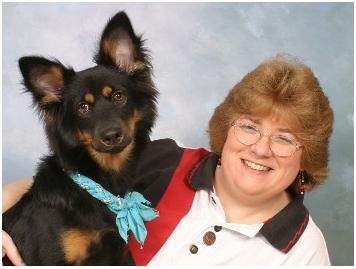



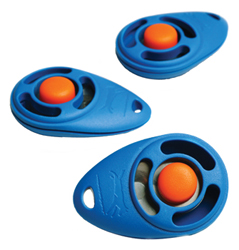



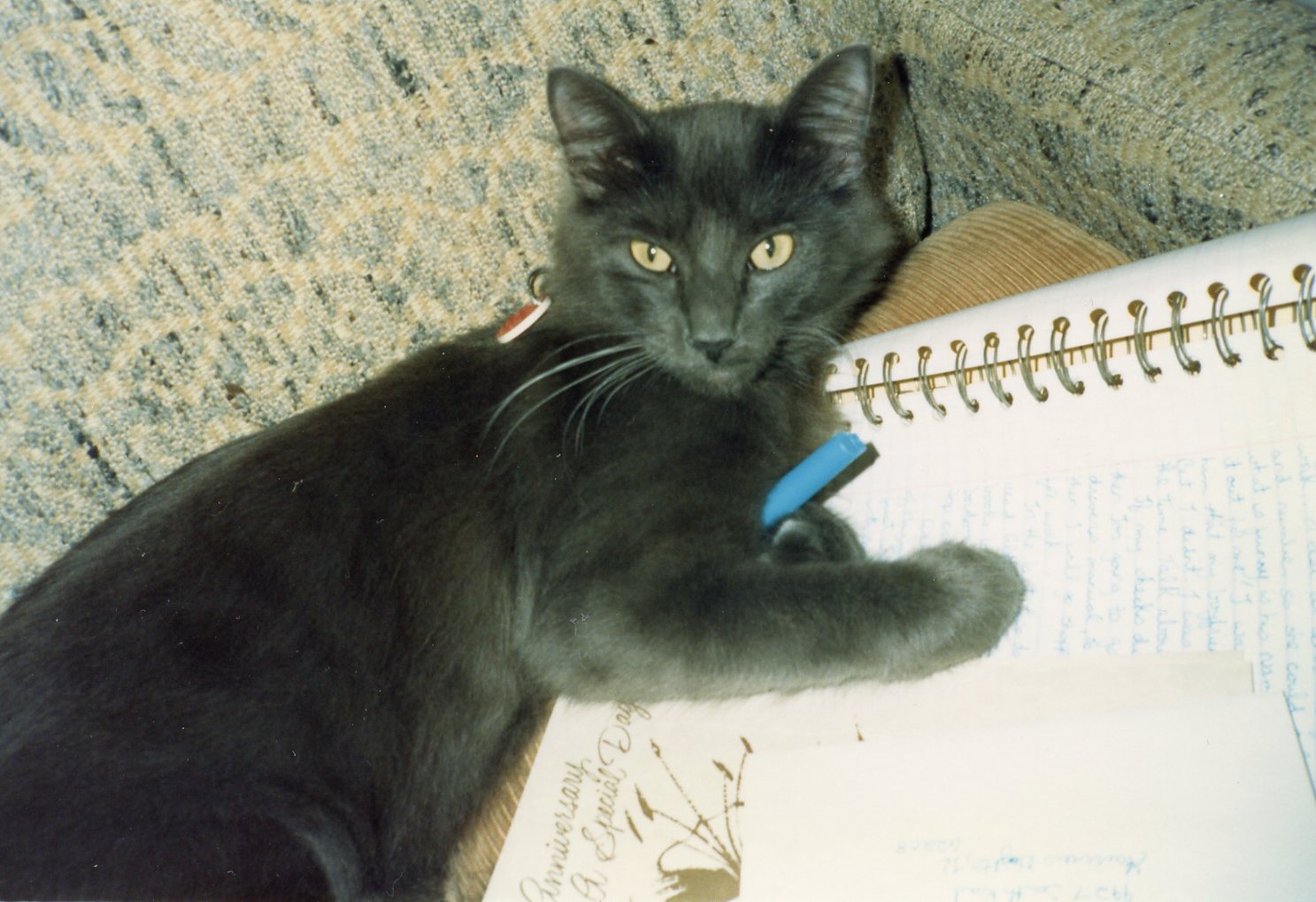
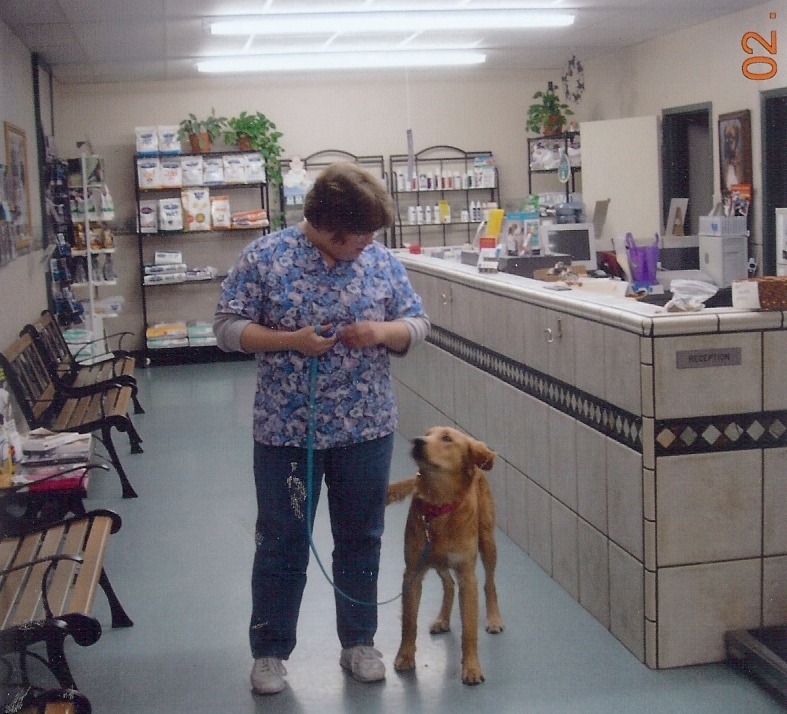
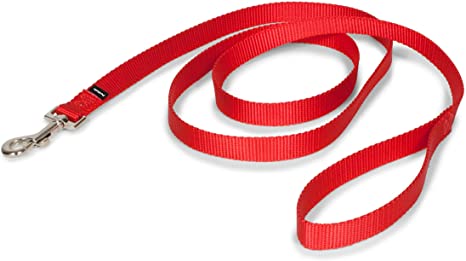
Shouldn't Your Pet Have Pawfect Manners?
You can have a well-behaved pet, let me show you how.
Schedule Your Class!(281) 440-6818
judy.pawfectmanners@gmail.com